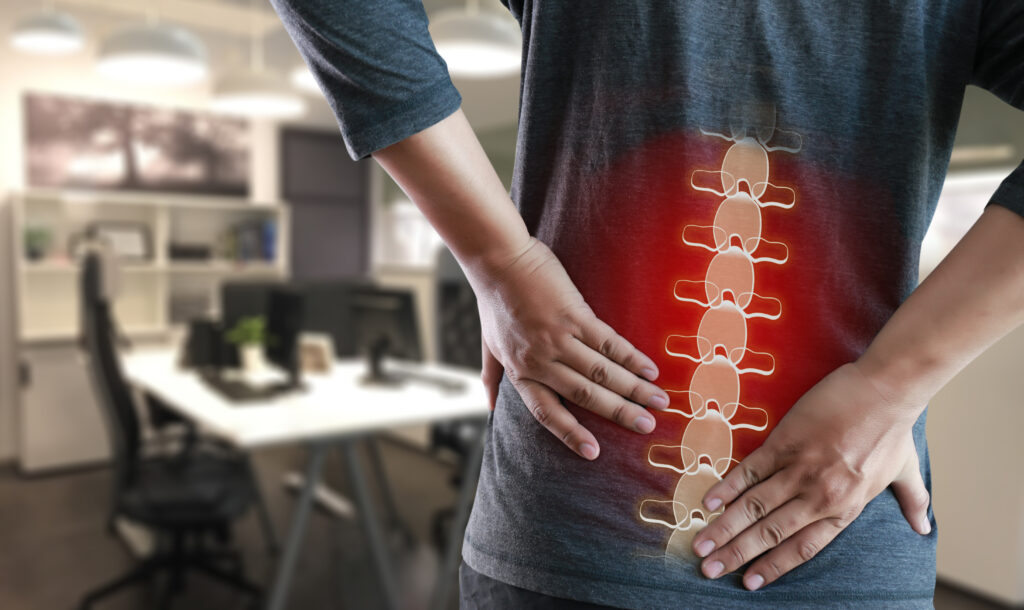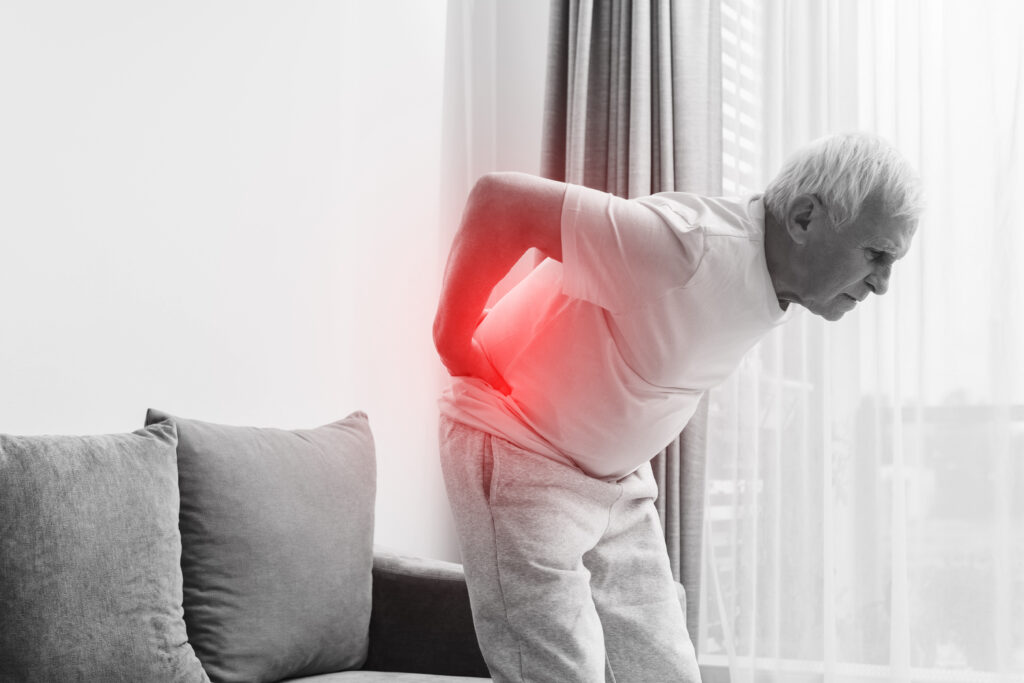Low back pain is one of the most common medical issues in the United States. It can be caused by a variety of factors, including muscle strains, ligament sprains, and herniated discs. Many people experience low back pain at some point in their lives, but for some it can be chronic and debilitating. It is important to know the different severity levels of low back pain and when you should contact a doctor.

There are three main severity levels of low back pain:
- Mild: This is the most common type of low back pain. It is usually caused by a muscle strain or ligament sprain and can be treated with over-the-counter pain medication and ice.
- Moderate: This type of low back pain may be caused by a herniated disc. It can be treated with over-the-counter pain medication, ice, and heat therapy.
- Severe: This is the most serious type of low back pain and may be caused by a spinal fracture or other serious injury. If you experience severe low back pain, you should contact a doctor immediately.
If you are experiencing low back pain, it is important to pay attention to the severity level. Mild and moderate low back pain can usually be treated at home, but severe low back pain requires medical attention. If you are unsure of the severity of your low back pain, contact a doctor for an evaluation.
4 out of 5 American will experience low back pain at some point in their lives. It is important to be mindful of this pain, listen to your body, and get a doctor involved if it is something that persists.
If low back pain is ignored, it can get worse and may be more difficult to treat. If low back pain is left untreated, it can lead to chronic pain and other serious health issues. It is important to seek medical attention for low back pain if it does not improve after a few days of self-care.

There are a few ways to self-care for low back pain. These include:
- Taking over-the-counter pain medication.
- Applying ice to the area of pain.
- Using heating pads or heating packs.
- Performing stretching exercises.
- Performing low impact aerobic exercises.
It is important to listen to your body and take it easy when you are first starting to feel low back pain. You should avoid any strenuous activity or heavy lifting until the pain subsides. You can gradually increase your activity level as the pain improves. If the pain does not improve or gets worse, you should contact a doctor.



